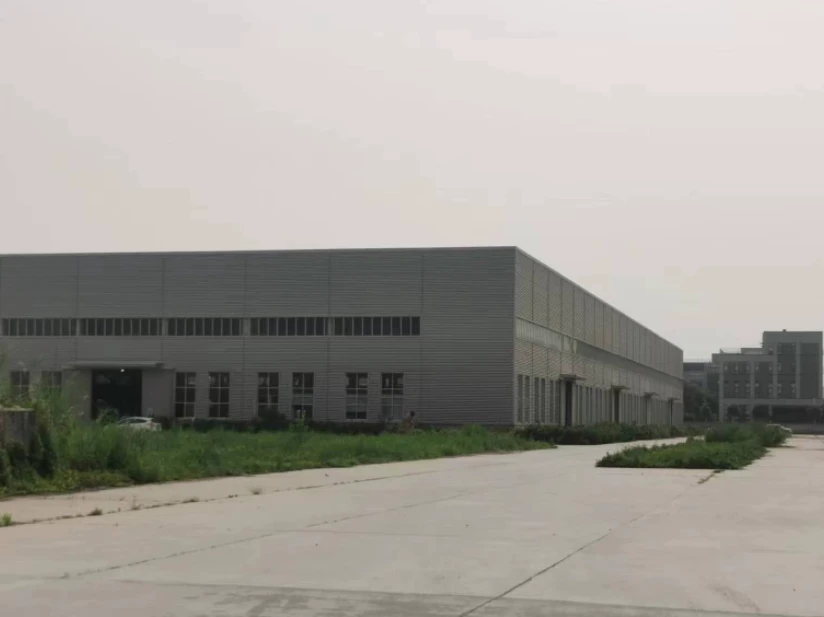HDPE Production Equipment for High-Quality Plastic Manufacturing Processes
The Process of Manufacturing HDPE Using Advanced Machinery
High-Density Polyethylene (HDPE) is one of the most widely used forms of polyethylene, known for its high strength-to-density ratio. This makes it an ideal material for a range of applications, including packaging, plastic bottles, toys, and piping systems. The production of HDPE is a complex process that involves various types of machinery designed to ensure efficiency, quality, and safety. In this article, we will explore the journey of HDPE manufacturing, focusing on the machinery involved in this critical phase.
Raw Material Preparation
The journey of HDPE begins with the preparation of raw materials. HDPE is produced from petroleum products, specifically through the polymerization of ethylene. The first step in this process involves the procurement of ethylene gas, which is usually derived from natural gas or crude oil. Once the ethylene is acquired, it’s subjected to purification processes to remove impurities. Advanced filtration systems and distillation columns are essential machinery in this stage, ensuring that the raw material is of high purity, which is critical for quality production.
Polymerization Process
The core of HDPE production lies in the polymerization process. There are several methods to achieve this, including the Ziegler-Natta process and the Phillips catalyst process. The choice of method significantly influences the characteristics of the final product. For this phase, specialized reactors, such as gas-phase reactors or slurry reactors, are employed. These high-tech machines can operate under controlled temperatures and pressures, enabling the ethylene to polymerize efficiently into HDPE.
Modern machinery often incorporates advanced temperature and pressure control systems, ensuring optimal polymerization conditions. This precision is essential, as it affects the molecular weight distribution and, ultimately, the mechanical properties of the HDPE produced.
hdpe making machine

Extrusion and Pelletization
Once polymerization is complete, the HDPE needs to be formed into manageable shapes for further processing. This is where extrusion machinery comes into play. Extruders are powerful machines that melt the HDPE and force it through a die to create continuous sheets or films. The extruder consists of a feed section, which melts the pellets, and a die section, which shapes the material.
After extrusion, the HDPE is typically cooled and cut into small pellets in a process called pelletization. This is crucial for handling and transportation. Pelletizing machines are equipped with advanced cutting systems that ensure uniform pellet sizes, improving the consistency of the final products.
Quality Control
Quality control is an integral part of HDPE manufacturing. Advanced testing equipment plays a significant role in ensuring that the produced HDPE meets industry standards. This includes assessing properties like melt flow index, density, and tensile strength. Machines such as rheometers and tensile testers provide essential data that helps manufacturers make informed decisions regarding product specifications and potential adjustments in the production process.
Conclusion
The production of HDPE is a sophisticated procedure that relies heavily on advanced machinery and technology. From the initial raw material preparation to the final quality control, each step involves precise engineering and design to ensure that the HDPE produced is of the highest quality. As industries continue to push for sustainability and efficiency, the machinery involved in HDPE manufacturing will likely evolve, incorporating more innovative technologies to meet these demands. Understanding this intricate process not only highlights the significance of HDPE in our daily lives but also the crucial role that sophisticated machinery plays in its production.
-
High Frequency Straight Seam Welded Pipe Production Line|BzZhou Xinghua|Precision Welding&EfficiencyNewsJul.30,2025
-
High Frequency Straight Seam Welded Pipe Production Line - BzZhou Xinghua|Precision Engineering&EfficiencyNewsJul.30,2025
-
High-Frequency Straight Seam Welded Pipe Production Line-BzZhou Xinghua Machinery Equipment Manufacturing Co., LTD.NewsJul.30,2025
-
High-Frequency Straight Seam Welded Pipe Production Line-BzZhou Xinghua Machinery Equipment Manufacturing Co., LTD.|Precision Manufacturing, High EfficiencyNewsJul.30,2025
-
High Frequency Straight Seam Welded Pipe Production Line-BzZhou Xinghua Machinery Equipment Manufacturing Co., LTD.|Precision Steel Pipe Manufacturing&Industrial EfficiencyNewsJul.29,2025
-
High-Frequency Straight Seam Welded Pipe Production Line-BzZhou Xinghua Machinery Equipment Manufacturing Co., LTD.|Precision Steel Pipe Manufacturing&Industrial EfficiencyNewsJul.29,2025


